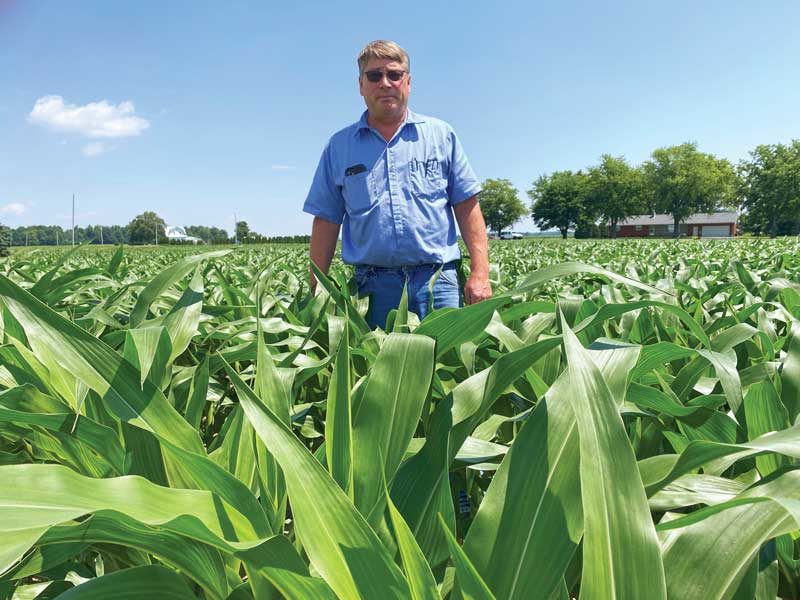No-Till Farmer
Get full access NOW to the most comprehensive, powerful and easy-to-use online resource for no-tillage practices. Just one good idea will pay for your subscription hundreds of times over.

NO-TILLING SINCE ’86. Les Seiler switched from full-tillage to no-till over 35 years ago to reduce soil erosion. He never looked back after seeing drastic improvements in soil health, water quality and higher yields.
One of the first things you’ll notice when pulling up to Les Seiler’s house is the personalized license plate on his car, with the letters “NO TIL.” Before you even shake the jovial farmer’s hand, it’s clear how enthusiastic he is about conservation ag, specifically soil health.
“This whole thing is connected to soil health,” Seiler says. “Everything is connected in one big circle. You can’t have one without the other.”
Seiler farms 1,650 acres with his older brother, Jerry, 40 miles west of Lake Erie, near Fayette, Ohio, where they’ve been no-tilling corn and soybeans since 1986. They also grow alfalfa, barley and wheat.
“We needed to do something about our soils washing away,” Seiler says. “No-till was a quick fix. The transition was rewarding right away because it slowed down the erosion.”
The no-till switch also made it easier to manage their 34 different soil types, but it came with some bumps in the road, Seiler recalls. Corn yields dropped off in those early years. It took a while to figure out the right no-till planter setup and proper nutrition for corn. The Seiler brothers didn’t blink though and never looked back once they saw the return on investment.
“This type of farming takes a lot more management, but we ultimately end up using half the fuel and half the equipment,” Seiler says.
Although it’s an important part of the equation, no-till alone isn’t enough to solve the soil health puzzle, Seiler says.
“As we…